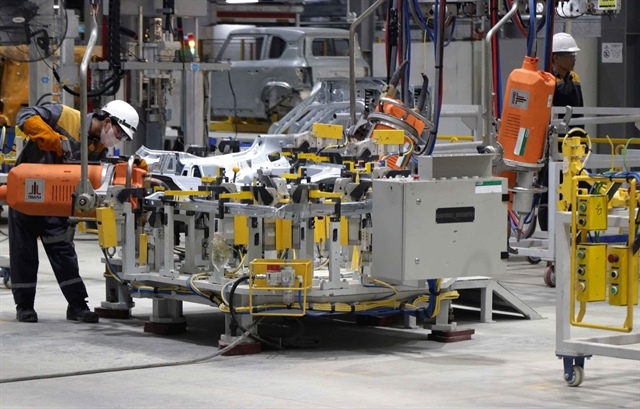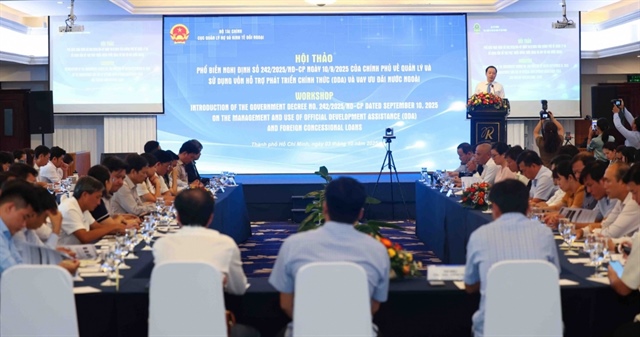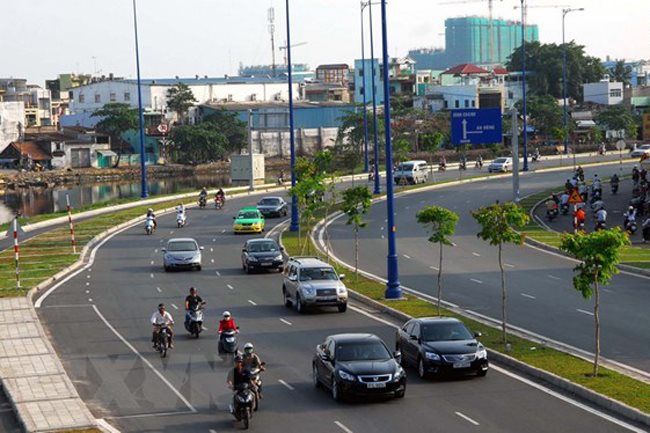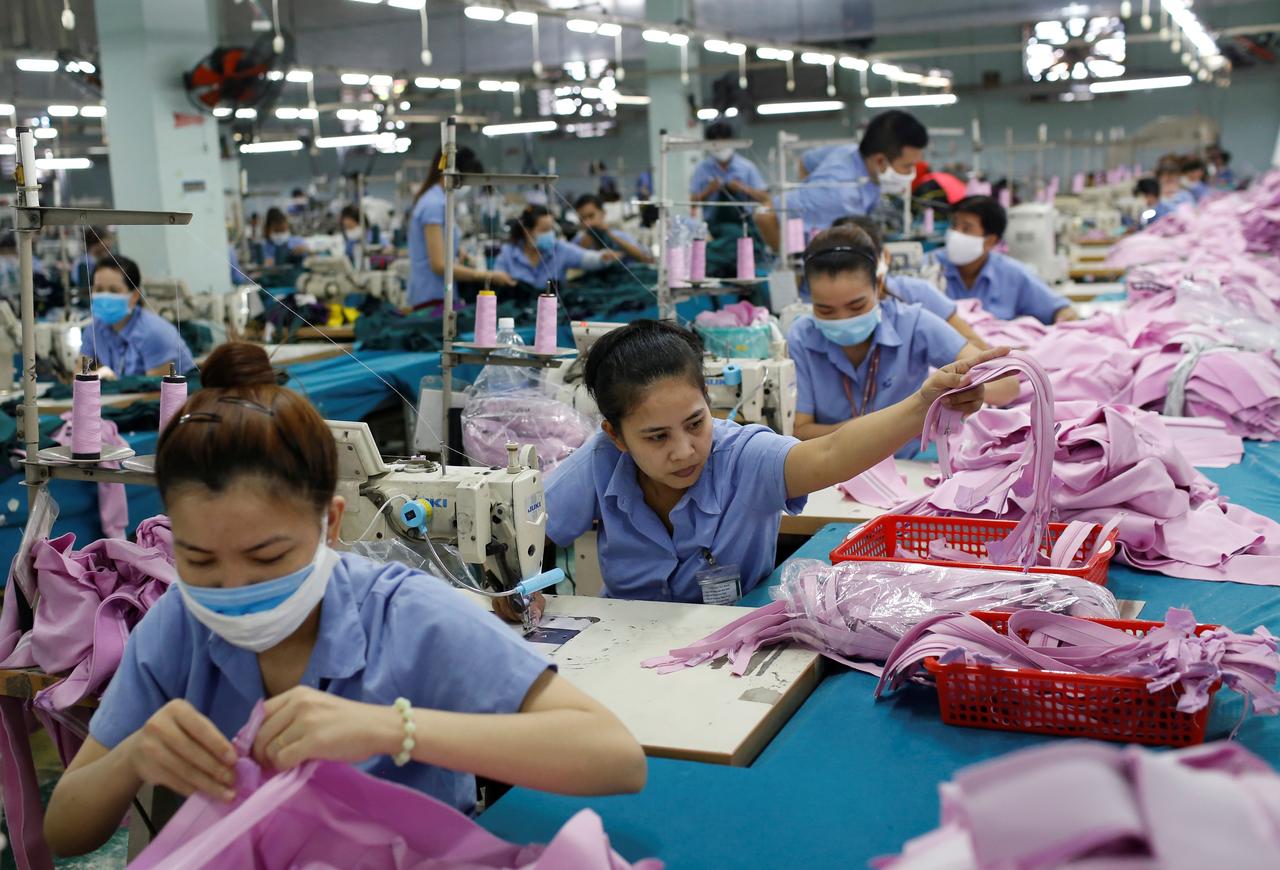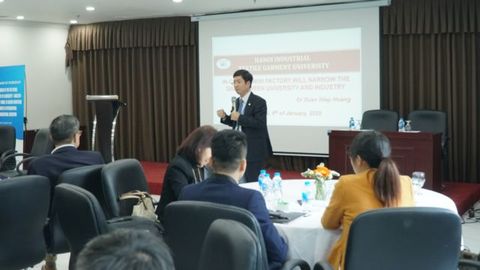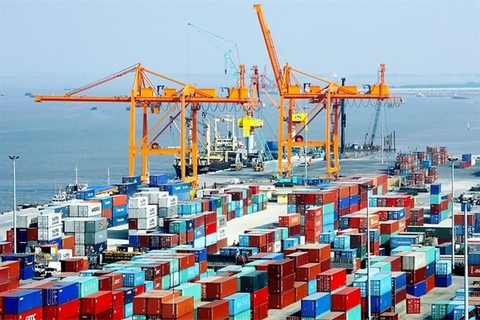Connectivity is key to Vietnam’s deeper integration: WB
Connectivity is key to Vietnam’s deeper integration: WB
Developing a high-quality connected infrastructure and logistics is crucial to lowering trade costs and boosting Vietnam’s integration with the global market and connections between various domestic markets, a new World Bank report concluded.
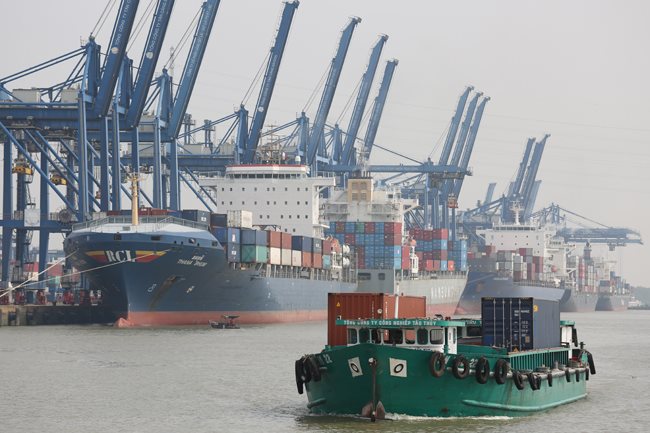
The latest edition of the “Vietnam Development Report: Connecting Vietnam for Growth and Shared Prosperity,” launched today, January 15, together with one of its background papers, “Vietnam: Connecting Value Chains for Trade Competitiveness,” provides a comprehensive overview of Vietnam’s transport connectivity and how it supports three critical national development goals: integration, inclusion and resilience.
“The rapidly changing patterns of international trade and domestic consumption coupled with increasing natural disaster risks will have implications for Vietnam’s future connectivity needs,” stated Ousmane Dione, World Bank country director for Vietnam.
“Upgrading connectivity, not just the physical infrastructure but also transportation and logistics services, with the right policies and investments will help Vietnam go a long way toward achieving deeper integration, promoting inclusion and building resilience,” he added.
The report highlighted the uneven development of the transport infrastructure across the country, capacity bottlenecks at major gateways and the large imbalance in supply and demand.
The country’s trade flows are concentrated at one-quarter of the total border gates – two airports, five seaports and five border-crossing points – which collectively handled 86% of the value of total trade in 2016. As trade grows, so does congestion around these international gateways and border-crossing points.
Within the country, the movement of goods is conducted mainly on the road network, which carries three-quarters of the total cargo volume.
Vietnam’s extensive network of natural waterways is underutilized because its ports and landing stages are ill-suited to accommodating larger volumes of cargo.
The use of container-based cargo, which enables efficient intermodal transfers, is relatively limited. Meanwhile, Vietnam’s 2,600-kilometer railway network remains stuck at a low state of development.
The report listed the steps Vietnam can take to address the fragmented state of connectivity to better facilitate international trade.
One step is to reconfigure the network of international gateways by bringing a network perspective to planning and developing gateways, moving away from the current decentralized planning.
Another step is to reorient transport and spatial planning to support critical value chains by creating a new ecosystem of trade and transport links that will be critical to facilitating supply chains and the movement of input materials and final products.
Encouraging the development of land surrounding high-value transport nodes for high productivity activities is also a step toward creating “economic densities” along new corridors.
In his speech, Dione called for greater rationalization of transport infrastructure utilization and better coordination between provinces rather than competition over transport infrastructure.
He remarked that Vietnam has a relatively good transport infrastructure and, given the current limited fiscal space for infrastructure investment, it is important that the country rationalize the use of the existing transport infrastructure, such as ports, and promote multimodal transport.
“There is a need to encourage and provide incentives for coordination rather than competition in the building and use of transport infrastructure among provinces,” he noted.
The report also sheds light on the often-overlooked issue of how domestic transport and logistics systems are lagging behind the increasingly sophisticated demands of middle-class consumers.
As income rises, there is a greater demand for higher standards of services, such as safety, punctuality, freshness and the traceability of traded goods, as well as for competitive prices.
Despite these demand shifts, longstanding supply chains remain intact, particularly for food. Most consumers still prefer sourcing foods from traditional markets. “Cold chains,” refrigerated transportation and storage of perishable foods from farms to consumers, are fragmented and mostly serve the export market.
These underdeveloped food supply chains result in food losses estimated to be equivalent to 2% of Vietnam’s gross domestic product, a high incidence of food-borne diseases and environmental pollution, according to the report.
The rapid development of ecommerce also generates growing needs for new types of logistics services, including door-to-door connectivity and last-mile delivery, especially for small, low-value parcels. This brings further challenges to Vietnam’s already built-up, congested cities.
The report proposed key measures to develop transport and logistics services to better integrate various domestic markets.
The first measure is to upgrade connectivity software by creating an enabling regulatory environment and providing financial incentives to support the growth of logistics service providers and by promoting the adoption of technology.
Overhauling the market infrastructure and logistics in cities is also needed, requiring the mainstreaming of spatial planning for market infrastructure and logistics facilities into future urban planning.
The report also suggested solutions to improve the resilience and reliability of the transport system and deliver on “last-mile” inclusion in lagging areas with better connectivity.
The Vietnam Development Report is a series of flagship analytical and policy reports produced by the World Bank in Vietnam. This edition has received support from the Government of Australia through the Second World Bank Group-Australia Strategic Partnership.



